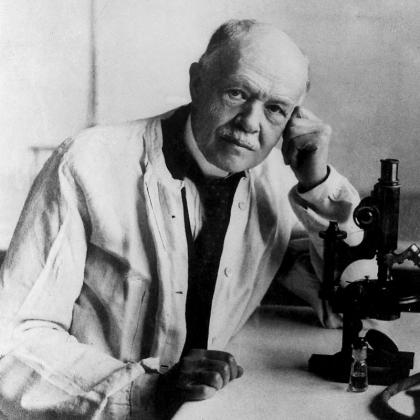 A personal account by Charles Nicolle
A personal account by Charles Nicolle

"Like everyone who had been coming to the Muslim hospital in Tunis over the years, every day I saw typhus sufferers lying alongside patients with a whole host of health complaints in the wards. Like those before me, daily I witnessed unconcerned the fact that there was never any contamination from such close contact, a strange situation indeed and one that should not have existed given the highly contagious nature of the disease. The fellow ward patients of typhus sufferers simply did not contract the disease. Yet, during outbreaks the contagion was widespread in customs offices and neighborhoods, and even among hospital staff admitting new patients.
Doctors and nurses were becoming contaminated in the countryside and in Tunis itself, but not in the hospital wards. One morning, on a day like any other, doubtless pondering on the enigma of typhus’ method of contagion but not consciously so (of that I am certain), I was about to enter the hospital when a human body, lying at the foot of the steps, stopped me in my tracks. It was commonplace to see the indigent poor, typhus sufferers delirious with fever, arriving within an inch of the hospital in their demented gait and falling exhausted at the very last steps. As was customary I stepped over the body. And it was at that precise instant that the realization dawned on me.
When I entered the hospital a few moments later I held the solution in my hands. I knew without a doubt that this had to be the answer. The body and the door in front of which it was lying had shown me the point where the typhus had stopped. In order for the typhus to stop, for the contagion that was spreading throughout the country and Tunis itself to become harmless once past the admission point, the agent of contagion must not cross this threshold. But what happened at this threshold? The patient was stripped of his clothes, shaved and washed.
So it was something foreign to him, that he was wearing, in his underclothes, on his skin, that was causing the contagion. It could only be lice. What I was ignorant of the day before, what nobody who had observed typhus since the beginning of time - as it goes back to ancient times - had noticed, the unquestionable, immediately obvious solution as to the transmission method, had just been revealed to me."


